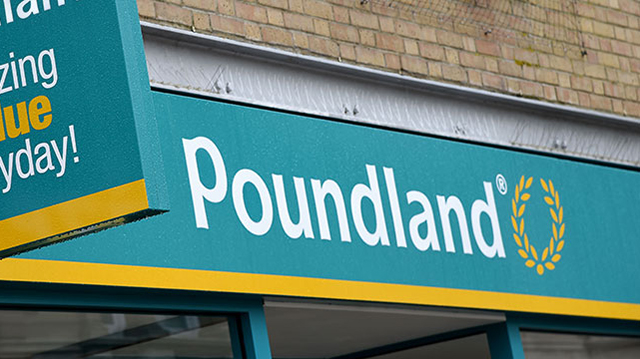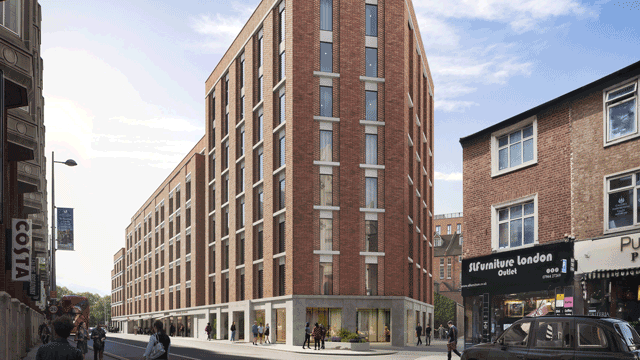The rule of thumb at EG has always been that you can tell the market has peaked when the building societies start piling into commercial property lending. Last week, Britannia Building Society said it was gunning for heavy-duty deals to double its £3bn loan book. Should we be getting nervous? Book a long holiday?
To be fair to Britannia, building societies have changed – they have a lot more commercial lending nous these days. But its gung ho proclamation came amid some other interesting announcements.
Most significantly, some very canny people have decided it’s time to sell – investors with track records of buying low and selling high. They are Nick Leslau at Prestbury, who has just shifted a £265m portfolio to Hermes; Pillar’s Raymond Mould and Patrick Vaughan, who have decided to sell Fosse Park, Britain’s top out-of-town retail warehousing complex; and John Barroll Brown at CIT, who has seven shopping centres on the market.
In addition, Peter Cummings is looking to sell off half of the £7bn that HBOS has in joint ventures. When people like these make the same call at virtually the same time, it’s clear. There’s a neon “sell” signal flashing.
Profit takers rake it in
Their reasoning is pretty straightforward: profit-taking. The investment market is hot. There’s an oversupply of money, yields have fallen, interest rates are rising, and the institutions are coming back into the market. Those like Prestbury, HBOS and CIT, who bought contra-cyclically a few years back and worked their assets, will be making very good returns – IRRs of 25%-plus in two or three years for HBOS.
Estimates of how much might be coming up for sale range from £4.5 to £8bn. Are there buyers out there to absorb this big slug of stock?
If Prestbury’s deal is anything to go by, it looks like institutions are likely to be the main takers. Lately, they have been pretty quiet, complaining about lack of suitable stock. Official figures indicate net disinvestment by institutions, though this is unlikely because they don’t measure the money going into indirect vehicles.
The word on the actuarial front is that property is being given as much as a 15% weighting (institutions now hold around 6%), and that smaller pension funds are being encouraged to re-enter the asset class, albeit indirectly. It looks like property has finally shaken off the old prejudices surrounding its investment role.
Plenty of cash still piling in
Morgan Stanley’s Martin Allen has estimated that if institutions aim for a 10% weighting, it implies an extra net £50bn of spending on property, say £5bn a year for the next decade. And this doesn’t take into account the US and international money that is targeting UK property: Harbert Management Corporation and JP Morgan Fleming have both recently announced European drives.
Given all this, I’m taking the sell-off as a good sign. We’ve been talking about the disjuncture between the weak occupational market and strong debt-driven investment demand for two years.
If people didn’t sell into hot markets, I’d worry. As it is, the supply of sale stock will hopefully ease the pressure on yields, so that the relationship between the direct and investment markets can recover some balance. At the same the economy is picking up, the occupational market shows signs of recovering, and interest rates are ticking up.
The danger comes if everyone who borrowed money to buy property over the past three to four years suddenly decides to rush for the exit at once. However, and I hesitate to say this, I can’t see anything that is about to trigger a stampede.
Interest rates are rising, and there is a huge amount of debt riding on property. But the yield gap has narrowed, not disappeared. Though there has undoubtedly been some fancy lending going on, I doubt much of it is truly wobbly.
Going forward, it will be much harder for borrowers to make the numbers work without putting in more equity. So perhaps both I and the folks at Britannia are right. It is the top of the market, but that doesn’t mean there will be a big crash. And if Peter Cummings at HBOS is saying he thinks property is still a valid market to lend to, then it must be.










